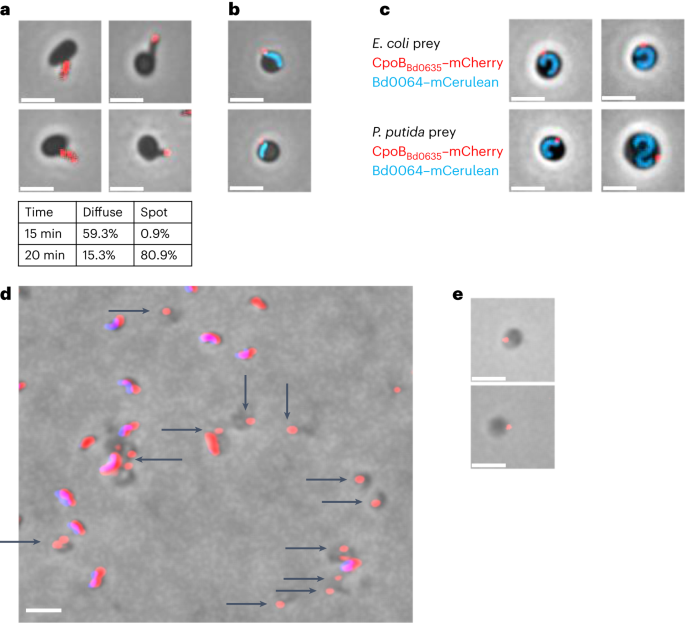2024-01-12 デラウェア大学 (UD)
◆研究では、Clostridium acetobutylicumおよびC. ljungdahliiという2つのバクテリア種が、異種細胞融合と呼ばれるメカニズムを使用して遺伝子情報を共有できることが示されました。これにより、微生物叢の進化と生存戦略の理解が拡大し、抗生物質耐性などを有する可能性のある危険な遺伝子を含む新しい遺伝子を迅速に獲得できるようになります。この研究は、mBio誌に掲載されました。
<関連情報>
- https://www.udel.edu/udaily/2024/january/terry-papoutsakis-bacterial-evolution-adaptation-genome-biotechnology/
- https://journals.asm.org/doi/10.1128/mbio.03133-23
クロストリジウム(Clostridium)共培養における異種細胞融合を介した2つの異なる生物種間のDNA転移 DNA transfer between two different species mediated by heterologous cell fusion in Clostridium coculture
Kamil Charubin, John D. Hill, Eleftherios Terry Papoutsakis
mBio Published:12 January 2024
DOi:https://doi.org/10.1128/mbio.03133-23

ABSTRACT
Prokaryotic evolution is driven by random mutations and horizontal gene transfer (HGT). HGT occurs via transformation, transduction, or conjugation. We have previously shown that in syntrophic cocultures of Clostridium acetobutylicum and Clostridium ljungdahlii, heterologous cell fusion leads to a large-scale exchange of proteins and RNA between the two organisms. Here, we present evidence that heterologous cell fusion facilitates the exchange of DNA between the two organisms. Using selective subculturing, we isolated C. acetobutylicum cells which acquired and integrated into their genome portions of plasmid DNA from a plasmid-carrying C. ljungdahlii strain. Limiting-dilution plating and DNA methylation data based on PacBio Single-Molecule Real Time (SMRT) sequencing support the existence of hybrid C. acetobutylicum/C. ljungdahlii cells. These findings expand our understanding of multi-species microbiomes, their survival strategies, and evolution.



